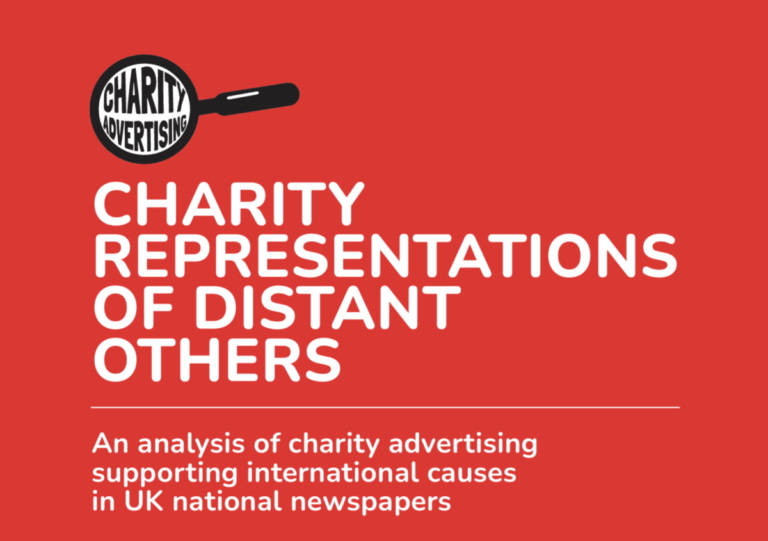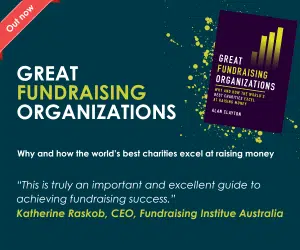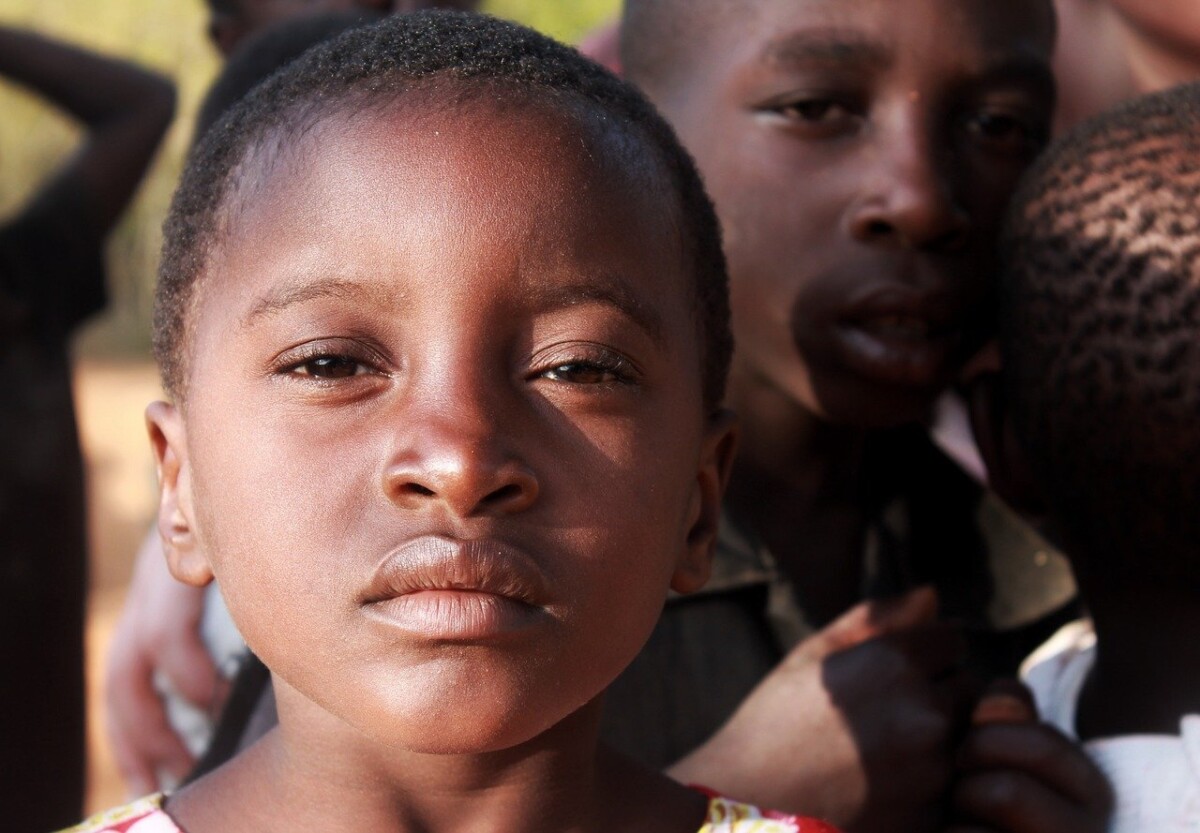Images in charity ads for international causes improving but still focus predominantly on Africa

An analysis of charity fundraising appeals supporting international causes and featuring in UK national newspapers has found that on the whole, the images are improving. However, there is still a predominance of images focusing on Africa.
The research was carried out by the University of East Anglia (UEA) and conducted over a six-month period in 2021. It examines 541 images found in 17 national weekend newspapers in the UK. All the adverts were characterised as supporting issues in countries overseas.
The researchers aimed to explore whether charity adverts have changed in recent years and what kinds of characters are represented in their fundraising campaigns.
Advertisement
Key findings from the study, published in a report called Charity Representations of Distant Others, include:
- More than half of the charity adverts (52%) in UK national newspapers focus on supporting international causes.
- More than half of the images (56%) supporting international causes focused on countries in Africa.
- 50% of the characters depicted in the adverts are of women and children. Whole family units are grossly under-represented. Only one image out of 541 images included a mother, father and child.
- 21% of the characters are of children – a significant shift from a previous study in 2005/6 where 42% of all characters focused on children.
- 20% of all the images were of people characterised as professionals/leaders from the Global South, for example doctors, nurses and other development workers.
- 11% of images were deemed as ‘pitiful’ or using ‘shock tactics’. The adverts were from two organisations and portray children who suffer from trachoma and a cleft condition respectively.
Commenting, Associate Professor David Girling, from UEA’s School of Global Development, said:
“This research proves that charities are making significant efforts to improve the representation of people in countries overseas.
“It is good to see that there are more professionals involved in development work portrayed in the images used by charities. It is also positive to see the reduction in the use of children as helpless victims.
“Saying that, most of the images of children are still passive and often with their mothers. Charities and NGOs must strive to present a more diverse cast of characters and consider the negative impact of Afro-centric representations of people in need.”
Co-Researcher Debbie Adesina, an MA Media and Global Development Media graduate who was Commonwealth Scholar and now works as a Communications and Development Consultant, said:
“This study reveals how charities have reacted positively to previous studies and critiques of ethical storytelling. But the research leaves us with more questions on the silence/erasure of whole family units in charity adverts. The representation of ‘Africa’ seems to be perpetually frozen in rural times. These issues are topical and deserve more attention.
“Ethical storytelling is not a buzzword or some check-box exercise, it’s an active pushback against the pervasive stereotypes and antiquated ideologies that continue in representations of distant others. It’s a fight for inclusion of previously muted voices, and an attempt to bridge the yawning gap between Global North ‘donors’ and Global South ‘beneficiaries’.
“There is much space for communications professionals to creatively reimagine and reconstruct the boundaries of geography in their representation of development work.
“The stories INGOs choose to tell and the images they use over time become deeply entrenched in the collective memories of supporters, donors, development partners, and the ‘beneficiaries’ themselves. These stories contribute to public knowledge of global poverty and of the Majority World. Everyone involved in both the construction and consumption of such representation is complicit.”
As part of the research, a website has launched which includes a database of all the adverts collected during the six-month period. It is designed to be a tool for practitioners, researchers and students interested in improving ethical storytelling in the charity and development sectors.
- MSF International under increasing pressure over graphic identifiable images sold on photo platforms (28 June 2022)
- Getty Images to help marketers think about more inclusive imagery (17 June 2022)
- Aid agencies agree code on images (1 May 2007)







